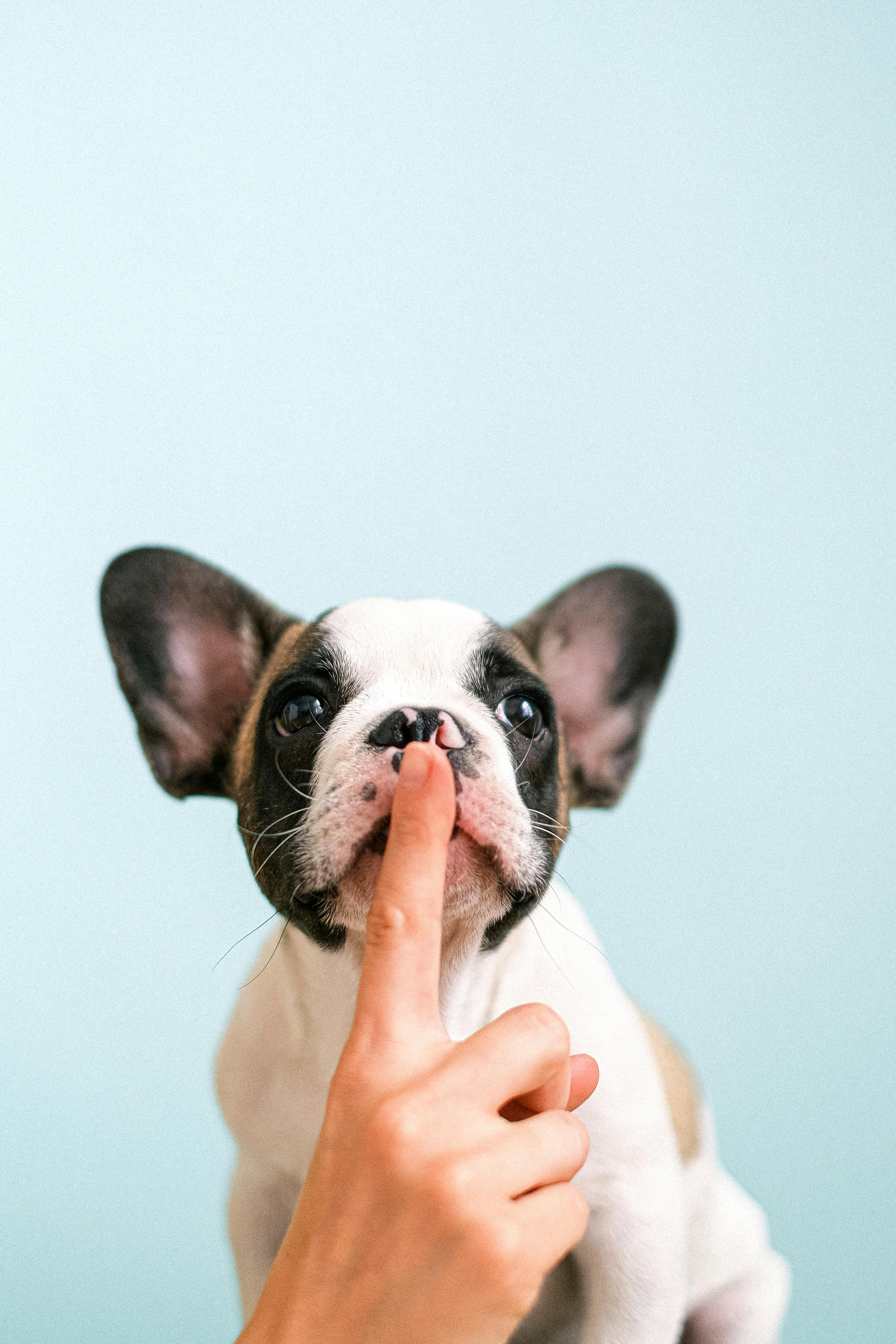Allergies are common in dogs and often go unnoticed until symptoms become severe. Knowing the early signs can help you act quickly and keep your dog comfortable. Below are the top 10 signs of dog allergies and clear, practical steps you can take to help.

What Are Dog Allergies?
Dog allergies occur when the immune system overreacts to substances (allergens) such as pollen, dust mites, certain foods, or flea saliva. Allergies can cause skin irritation, digestive upset, respiratory issues, and more.
10 Common Signs Your Dog Might Have Allergies
1. Excessive Scratching and Licking
Constant scratching, chewing, or licking—especially of paws, belly, or base of tail—often indicates skin irritation from allergies.
2. Recurrent Ear Infections
Red, smelly, or frequently infected ears are a common sign of environmental or food allergies.
3. Red, Inflamed Skin or Hot Spots
Patches of red skin, scabs, or "hot spots" that appear quickly are a sign the skin barrier is compromised by an allergic reaction.
4. Chronic Sneezing or Runny Eyes
Allergies can affect the respiratory system: look for sneezing, watery eyes, or clear nasal discharge.
5. Hair Loss or Thinning Coat
Excessive rubbing or scratching can lead to hair loss or a dull, thinning coat.
6. Changes in Stool or Vomiting (Food Allergies)
Diarrhea, soft stools, or vomiting after eating a certain food may signal a food sensitivity or allergy.
7. Paw Chewing or Red Paw Pads
Dogs with allergies often chew their paws until they’re red or inflamed. Check between the toes for irritation.
8. Behavioral Changes (Restlessness, Irritability)
Itchy, uncomfortable dogs may become restless, lose appetite, or show signs of irritability and reduced playfulness.
9. Recurrent Secondary Infections
Allergic skin is prone to bacterial or yeast infections. If infections keep returning, allergies could be the underlying cause.
10. Seasonal Pattern to Symptoms
If symptoms spike during spring, summer, or fall, environmental allergens like pollen or mold are likely contributors.
What You Can Do Right Now
- Check for fleas: Even a single flea bite can trigger intense allergic reactions in sensitive dogs.
- Switch to gentle grooming: Use hypoallergenic, oatmeal-based shampoos and avoid over-bathing which can worsen dryness.
- Keep paws clean: Rinse and dry paws after walks to remove pollen and dust.
- Try a limited-ingredient diet: If you suspect food allergies, consult your vet about an elimination diet or hypoallergenic food trial.
- Use air filters: HEPA filters reduce indoor allergens like dust and pollen.
- Visit your vet: For persistent or severe symptoms, get a proper diagnosis — skin tests or blood tests can identify allergens.
When to See the Vet Immediately
Seek urgent care if your dog shows signs of severe allergic reaction such as face swelling, difficulty breathing, sudden collapse, or ongoing vomiting/diarrhea that leads to dehydration.
Keeping a Symptom Diary
Track when symptoms occur (time of year, after specific foods, after walks). A simple diary helps your vet pinpoint triggers faster and makes treatment more effective.
Conclusion
Allergies are manageable with the right combination of prevention, veterinary care, and home treatments. Early detection improves outcomes — if you notice any of the signs above, take action and consult your veterinarian.
SEO Keywords: dog allergies symptoms, signs of allergies in dogs, dog allergy treatment, itchy dog causes
Suggested Labels (Blogger): Dog Health, Allergies, Vet Tips






















